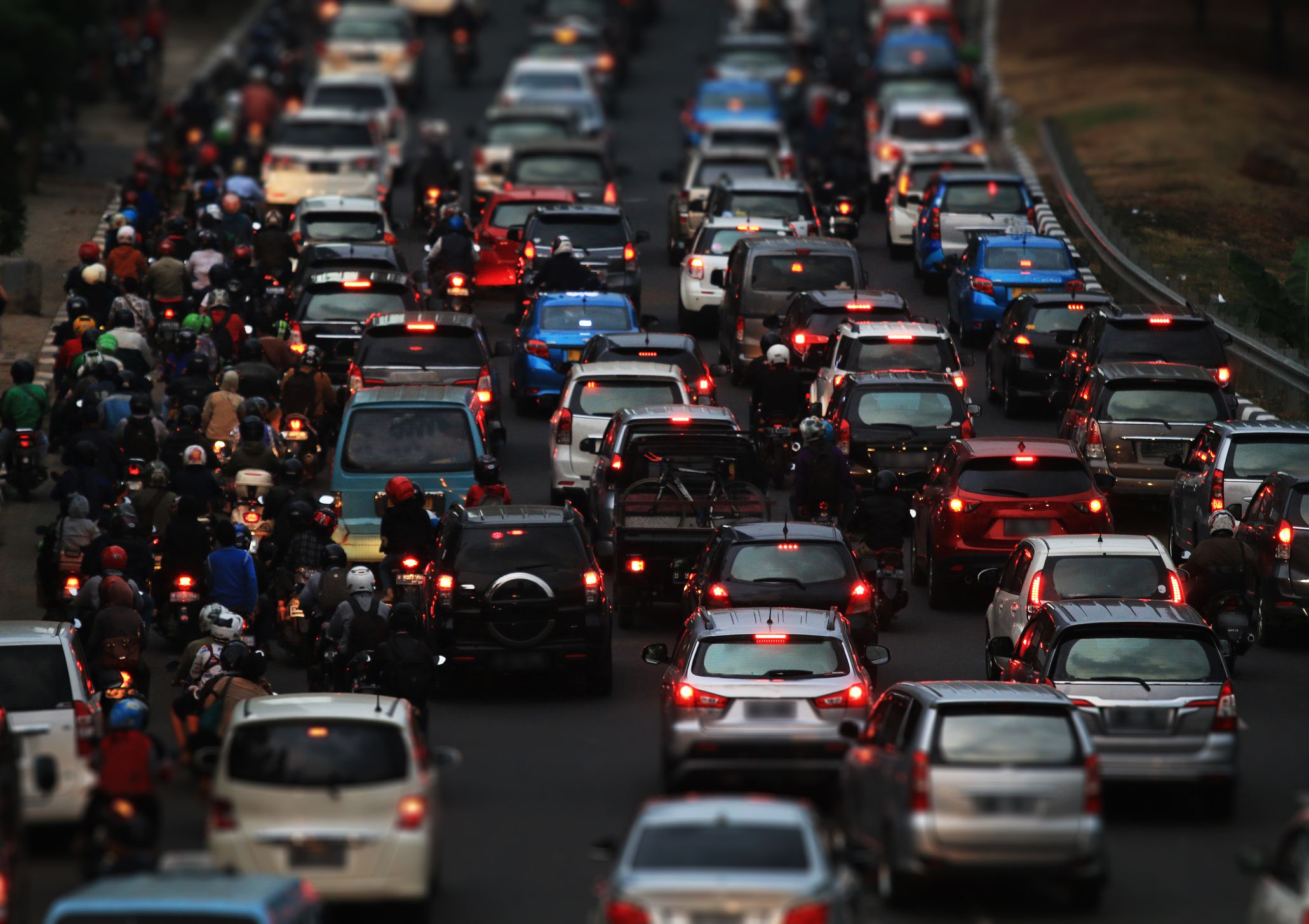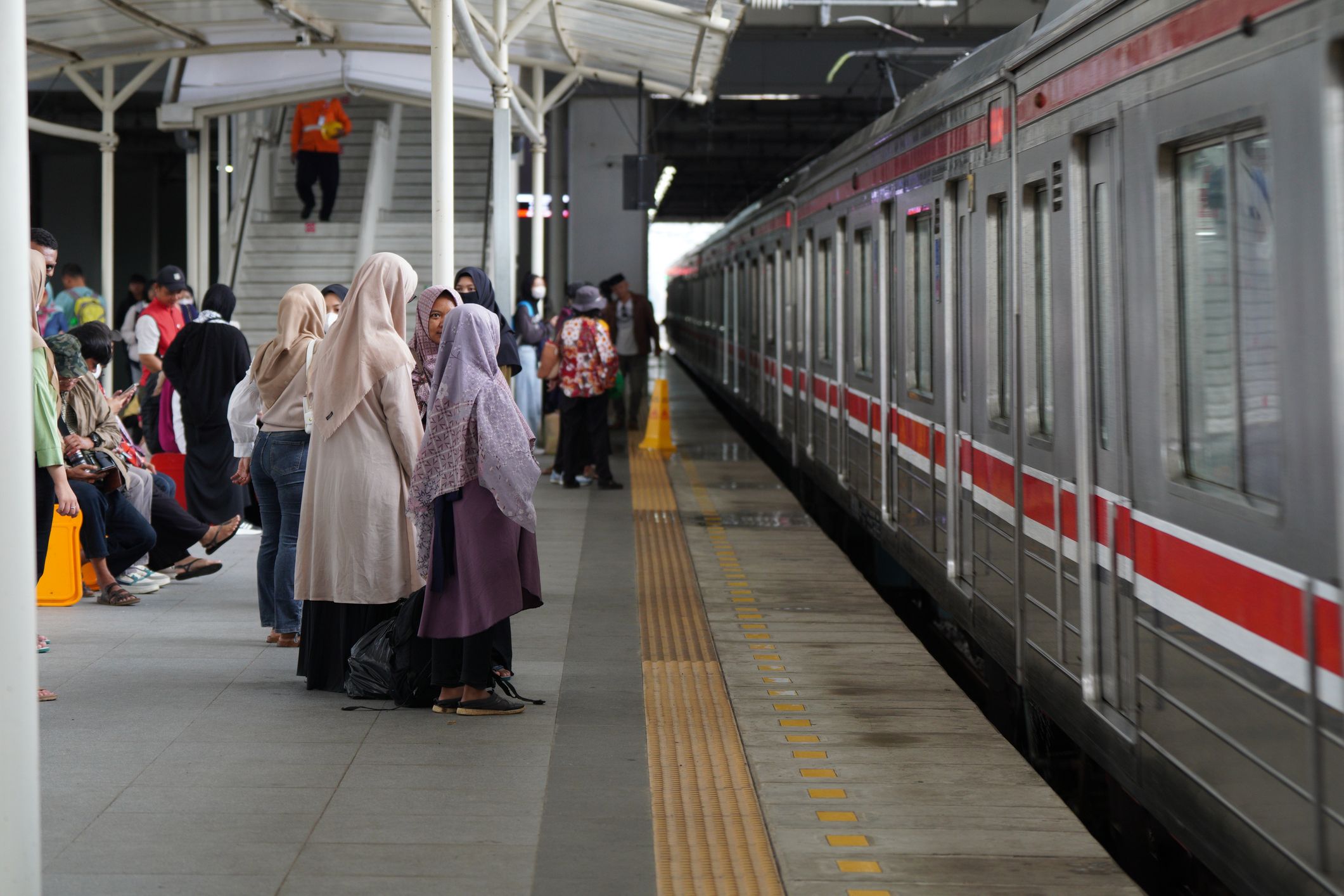

Jakarta, notorious for its endless traffic jams, is writing a new chapter in urban mobility. With a population of over 10 million in the city —and more than 35 million across the greater Jabodetabek region—Indonesia’s capital has long struggled with congestion, inequality, and pollution, fueled by private vehicle dependence and fragmented transport governance. An estimated 45 to 50 million trips are made daily in the city.
But the city is shifting gears. Through a mix of infrastructure expansion, technological innovation, and bold civic policies, Jakarta is nudging citizens out of their cars and onto public transport.
Jakarta is nudging citizens out of their cars and onto public transport.
In 2017, Jakarta ranked as the third most congested city in the world, according to TomTom’s Traffic Index. By 2021, it had dropped to 46th place in the same index according to the City’s Voluntary Local Review, while the number of public transportation users increased from an average of 350,000 in 2018 to 1 million passengers per day in early 2020.
Jakarta’s “Connected City” vision, one of three pillars in its official resilience strategy, emphasizes expanding public transport coverage and integrating services and policies to foster greater accessibility. At the heart of this effort is its integrated transit system.
Jakarta offers a public transport network unified under the JakLingko system. This system brings together multiple modes of transportation, ranging from TransJakarta’s large, medium, and small buses to rail services like the Mass Rapid Transit t (Moda Raya Terpadu or MRT) and Light Rail Transit (Lintas Raya Terpadu or LRT). JakLingko encourages citizens to use public transport by streamlining routes, management, and payment processes, making it easier and more cost-effective for residents to choose public transport over private vehicles. This approach aims to reduce trip complexity and encourage modal shift toward public transportation.
The number of public transportation users rose from 350,000 in 2018 to 1 million passengers per day by early 2020.
To further boost these results, in 2025, Jakarta announced the addition of five new Transjabodetabek routes, extending its public transport system beyond city limits into the wider Jabodetabek megaregion. These routes aim to address regional commuting patterns, offering an alternative to private cars and helping reduce traffic across the country’s largest urban agglomeration.
Driving its transformation into a responsive city, Jakarta is deploying AI-powered traffic signals to manage real-time traffic flow. These smart lights dynamically adjust timing based on current congestion, reducing bottlenecks at major intersections and prioritizing public transport over private vehicles.

The JakLingko Indonesia application has been downloaded by more than 400 thousand users. Source: iStock
By replacing static traffic control systems with adaptive ones, the city is moving toward responsive, data-driven urban management, an essential step in building a “Smart City,” another strategic goal of Jakarta’s resilience roadmap.
Alongside technology, Jakarta is also pushing for cultural change. In a bold move, the city mandated that all civil servants must use public transport every Wednesday. Failure to comply could jeopardize their eligibility for promotions.
This isn’t just symbolic. It reflects a broader strategy to normalize the use of public transit and lead by example, especially among middle-class professionals who might otherwise rely on private vehicles.

With an estimated 45 to 50 million daily trips, Jakarta is taking bold steps to encourage public transportation. Source: iStock
To ensure equity, Jakarta has also rolled out a free transit program for 15 categories of residents, including students, seniors, people with disabilities, and low-income groups. This initiative reflects the city’s inclusion agenda, making it clear that mobility should not depend on income or ability.
Through an expanded and integrated transport system, smart technology, and cultural change, Jakarta is modeling how even the most congested capitals can chart a new course. The strategy is not just about moving people—it’s about transforming how a city thinks about movement.